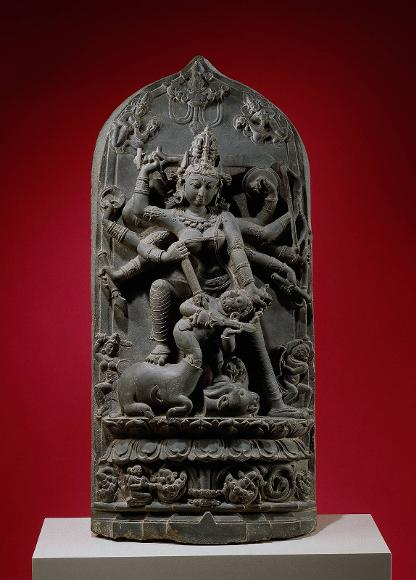
The website of the Rijksmuseum shows the statue of a late 11th or early 12th century Durga, a Hindu goddess, killing a buffalo demon (1). It is one of the thousand masterpieces of the museum, and comes from Bangladesh. At the bottom of the invoice of the Peter Marks Gallery in New York, where the museum purchased the statue in 1992 for USD 65,000, it says: ‘Ex Collection: David Nalin’. drs Jos van Beurden, interviewed here by Shahidul Alam, informed the museum that it was possible that the statue was exported illegally after 1970 from Bangladesh and they answered: ‘Nice to know,’. Jos says ‘I trust that the Rijksmuseum acted in good faith, when it purchased this masterpiece, although Bangladesh’s instability of the early 1970’s and its impact on provenances should be general knowledge for insiders. The question is, whether the museum should reinvestigate its acquisition with this new information.’
Skip to content
Musings by Shahidul Alam
